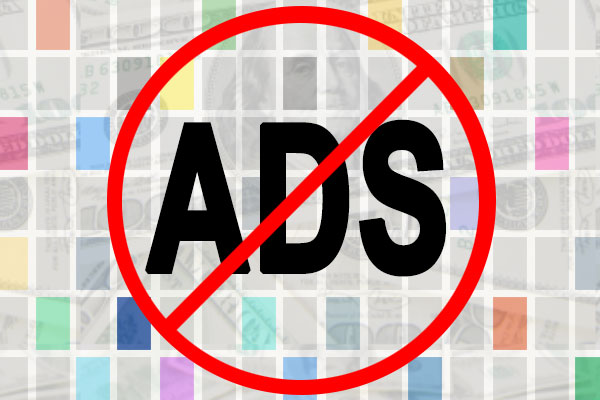Brave Software is a startup that has ratcheted the ad-blocking game to a new level, and it is raising a lot of stink in the online community.
For many people, Web-based ads have become an intolerable, costly distraction. That has led to a variety of ad-blocking approaches. The use of ad-blocking software is growing, because users feel they are being attacked by distracting Web-based ads.
Brave Software’s solution really grabbed the attention of Web-based publishers — such as newspapers — that rely on ad revenue to support their operations.
Legal representatives of 17 newspaper groups that publish roughly 1,200 daily newspapers, including Dow Jones, The New York Times and Gannett, sent a letter to Brave CEO Brendan Eich, who formerly served as CEO and CTO of Mozilla. The publishers want Brave Software to stop.
Advertising Battle
As I understand it, Brave Software not only blocks ads, but also replaces them with ads of its own. It sounds like it gives users control over the types of ads they see. So this may not prevent users from seeing ads, but they will have some control over which ads are displayed.
What the battle really seems to be about is who gets to decide what viewers see. Web publishers are accusing Brave Software of taking away their viewers — but are those users really theirs?
In legal terms, who owns the viewer? That’s the crux of the argument. It looks like we may have a great summer show ahead: Brave Software vs. Web publishers.
Ad-Blocking Software
The first argument against ad blockers had to do with preventing users from seeing any ads. Many users are OK with Web-based advertising, but many others are not. They say it slows down their Web browsing. They say it is distracting. They say it costs them money, since Web ads use bandwidth they have to pay for. However, websites must earn income or they will disappear. So what’s the answer?
Let’s pull the camera back. Radio and television are also ad-driven, but that model has worked for decades. So why is it that online newspapers and magazines can’t seem to come up with a solution that serves them and is not in-your-face for the user?
Fact: Media outlets need to have an income stream. Fact: The model that allows runaway ads rub users the wrong way.
Let Users Choose
There may not be one single solution. The best approach may combine a variety of solutions and let each user choose. Perhaps some users would welcome a system that allowed micropayments to frequently used websites in lieu of ads, for example.
Web companies need to realize that any single approach will be right only for a slice of the pie. They need to come up with multiple options and let users choose.
If publishers answer the call and address the problem, then users will understand that if they want to continue to have websites to surf, they have to pay. Somehow, they have to pay. Once that is understood, many ideas can compete and win in the marketplace. Until then, this is going to be a bloody battle.
























































Social Media
See all Social Media